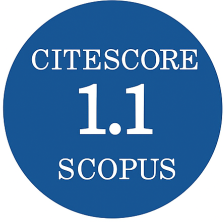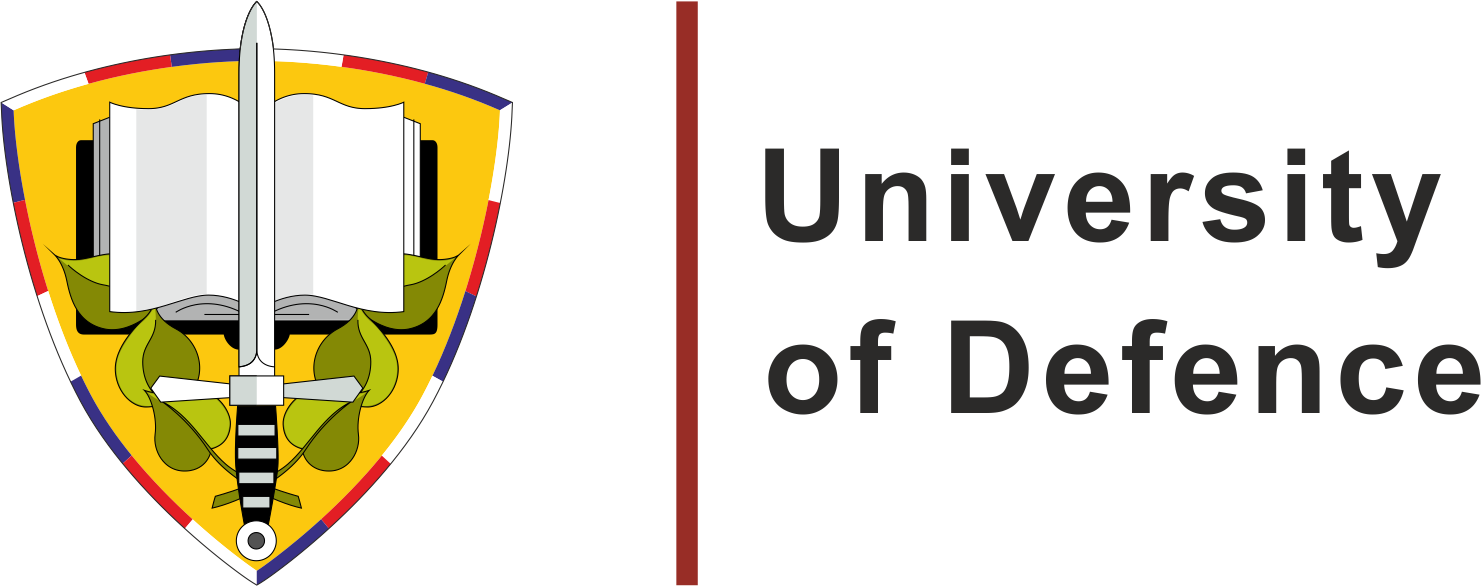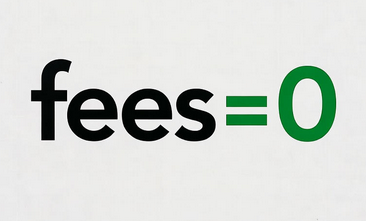Statistical Analysis of Effective Rain Height for FadeMargin in Tropical Regions at MW Frequencies
DOI:
https://doi.org/10.3849/aimt.01867Keywords:
rain rate, rain attenuation, raindrop size distribution, rain height, satellite linkAbstract
The prediction of rain fade margin over satellite link paths relies on the prediction method proposed by ITU-R which uses rain height as one of the parameters. The ITU-R rain height model, which is based on radiosonde data collected in temperate climate zones, tends to overestimate rain attenuation when applied to tropical regions, leading to unsatisfactory results. There is a need to test available ITU-R models with actual measurements for tropical rain attenuation. In the present study, the statistical behavior of effective rain height (RHeff) on four tropical locations in India has been analyzed. Based on the experimental data, a statistical model called the Rain-Based Statistical Model (RBSM) has been proposed to estimate effective rain height
References
ITU-R Recommendation P.618-7 [online]. 2001 [viewed 2023-09-09]. Available from: https://itu-rpy.readthedocs.io/en/latest/apidoc/itu618.html
ITU-R Recommendation P.839-3 [online]. 2001 [viewed 2023-09-09]. Available from: https://itu-rpy.readthedocs.io/en/develop/apidoc/itu839.html
LIN, D.P. and H.Y. CHEN. An Empirical Formula for the Prediction of Rain Attenuation in Frequency Range 0.6-100 GHz. IEEE Transactions on Antennas and Propagation, 2002, 50(4), pp. 545-551. https://doi.org/10.1109/TAP.2002.1003391
KUMAR, A., I.S. HUDJARA, B.S. JASSAL and J. SINGH. Measurements of Rain-Induced Zenith-Path Attenuation Using 19.9 GHz Radiometer at Amritsar (India). IEEE Transactions on Antenna & Propagation, 2004, 52(3), pp. 702-708. https://doi.org/10.1109/TAP.2004.825498
Da SILVA MELLO, L.A.R., E. COSTA and R.S.L. de SOUZA. Rain Attenuation Measurement at 15 and 18 GHz. Electronic Letters, 2002, 38(4), pp. 197-198. https://doi.org/10.1049/el:20020105
OJO, J.S., M.O. AJEWOLE and S.K. SARKAR. Rain Rate and Rain Attenuation Prediction for Satellite Communication in Ku and Ka Bands Over Nigeria. Progress in Electromagnetics Research B, 2008, 5, pp. 207-223. https://doi.org/10.2528/PIERB08021201
JASSAL, B.S., A.K. VERMA and L. SINGH. Rain Drop Size Distribution and Attenuation for Indian Climate. Indian Journal of Radio and Space Physics, 1994, 23(3), pp.193-196. ISSN 0367-8393.
KRAMAKAR, P.K., S. CHATTOPADHYAY, A.K. SEN and C.J. QGIBBINS. Radiometric Measurement and Rain Attenuation Distribution and Attenuation and Estimation of Rain Height. Indian Journal. Radio and Space Physics, 2000, 29(3), pp. 95-101. ISSN 0367-8393.
AJAYI, G.O. and F. BARBALISCIA. Prediction of Attenuation Due to Rain: Characteristics of the 0 °C Isotherm in Temperate and Tropical Climates. International Journal of Satellite Communications, 1990, 8(3), pp. 187-196. https://doi.org/10.1002/sat.4600080311
PANCHAL, P. and R. JOSHI. Performance Analysis and Simulation of Rain Attenuation Models at 12-40 GHz Band for an Earth Space Path over Indian Cities. Procedia Computer Science, 2016, 79, pp. 801-808. https://doi.org/10.1016/j.procs.2016.03.110
JASSAL, B.S., G.D. GUPTA, A.K. VERMA, M.P. SINGH and L. SINGH. 20/30 GHz Radiometric Propagation Measurements in India. In: IEEE Proceedings of IEEE Antennas and Propagation Society International Symposium and URSI National Radio Science Meeting. Seattle: IEEE, 1994, pp 1340-1343. https://doi.org/10.1109/APS.1994.407841
RAINA, M. and G. UPPAL. Rain Attenuation Measurements Over New Delhi with a Microwave Radiometer at 11 GHz. IEEE Transactions on Antennas and Propagation, 1981, 29(6), pp. 857-864. https://doi.org/10.1109/TAP.1981.1142692
MAITRA A. Rain Attenuation Modelling from Measurements of Rain Drop Size Distribution in the Indian Region. IEEE Antennas and Wireless Propagation Letters, 2005, 3(1), pp. 180-181. https://doi.org/10.1109/LAWP.2004.833979
KUMAR, A., I.S. HUDIARA, B.S. JASSAL and J. SINGH. Measurement of Rain-induced Zenith-Path Attenuation using a 19.9 GHz Radiometer at Amritsar (India). IEEE Transactions on Antennas and Propagation, 2004, 52(3), pp. 702-708. https://doi.org/10.1109/TAP.2004.825498
CRANE, R.K. Prediction of the Effects of Rain on Satellite Communication Systems. Proceedings of the IEEE, 1977, 65(3), pp. 456-474. https://doi.org/10.1109/PROC.1977.10498
CRANE, R. Prediction of Attenuation by Rain. IEEE Transactions on Communications, 1980, 28(9), pp. 1717-1733. https://doi.org/10.1109/TCOM.1980.1094844
OLSEN, R.L., D.V. ROGERS and D.B. HODGE. The aRb Relation in the Calculation of Rain Attenuation. IEEE Transactions of Antenna Propagation, 1978, 26(2), pp. 318-329. https://doi.org/10.1109/TAP.1978.1141845
MEDHURST, R.G. Rainfall Attenuation of Centimeter Waves: Comparison of Theory and Measurement. IEEE Transactions Antennas Propagation, 1965, 13(4), pp. 550-564. https://doi.org/10.1109/TAP.1965.1138472
LAWAL, Y.B., J.S. OJO and S.E. FALODUN. Variability and Trends in Rain Height Retrieved from GPM and Implications on Rain-induced Attenuation over Nigeria. Journal of Heliyon, 2021, 7(10). https://doi.org/10.1016/j.heliyon.2021.e08108
CHAKRAVARTY, K. and A. MAITR. Rain Attenuation Studies over an Earth Space Path at a Tropical Location. Journal of Atmospheric and Solar-Terrestrial Physics, 2010, 72(1), pp. 135-138. https://doi.org/10.1016/j.jastp.2009.10.018
THURAI, M., E. DEGUCHI, K. OKAMOTO and S. ERKKI. Rain Height Variability in the Tropics. 2005 IEEE Proceedings-Microwaves, Antennas and Propagation, 2005, 152(1), pp. 17-23. https://doi.org/10.1049/ip-map:20041146
ADHIKARI, A., S. DAS, A. BHATTACHARYA and A. MAITRA. Improving Rain Attenuation Estimation: Modelling of Effective Path Length using Ku Band Measurements at a Tropical Location. Progress in Electromagnetics Research B, 2011, 34, pp. 173-186. https://doi.org/10.2528/PIERB11072503
ITU-R Recommendation P.837-3 [online]. 2001 [viewed 2023-09-09]. Available from: https://itu-rpy.readthedocs.io/en/latest/apidoc/itu837.html
Downloads
Published
Issue
Section
Categories
License
Copyright (c) 2025 Advances in Military Technology

This work is licensed under a Creative Commons Attribution-NonCommercial 4.0 International License.
Authors who publish with this journal agree to the following terms:
1. Authors retain copyright and grant the journal right of first publication with the work simultaneously licensed under a Creative Commons Attribution License that allows others to share the work with an acknowledgement of the work's authorship and initial publication in this journal.
2. Authors are able to enter into separate, additional contractual arrangements for the non-exclusive distribution of the journal's published version of the work (e.g., post it to an institutional repository or publish it in a book), with an acknowledgement of its initial publication in this journal.
3. Authors are permitted and encouraged to post their work online (e.g., in institutional repositories or on their website) prior to and during the submission process, as it can lead to productive exchanges, as well as earlier and greater citation of published work.
Users can use, reuse and build upon the material published in the journal for any purpose, even commercially.






